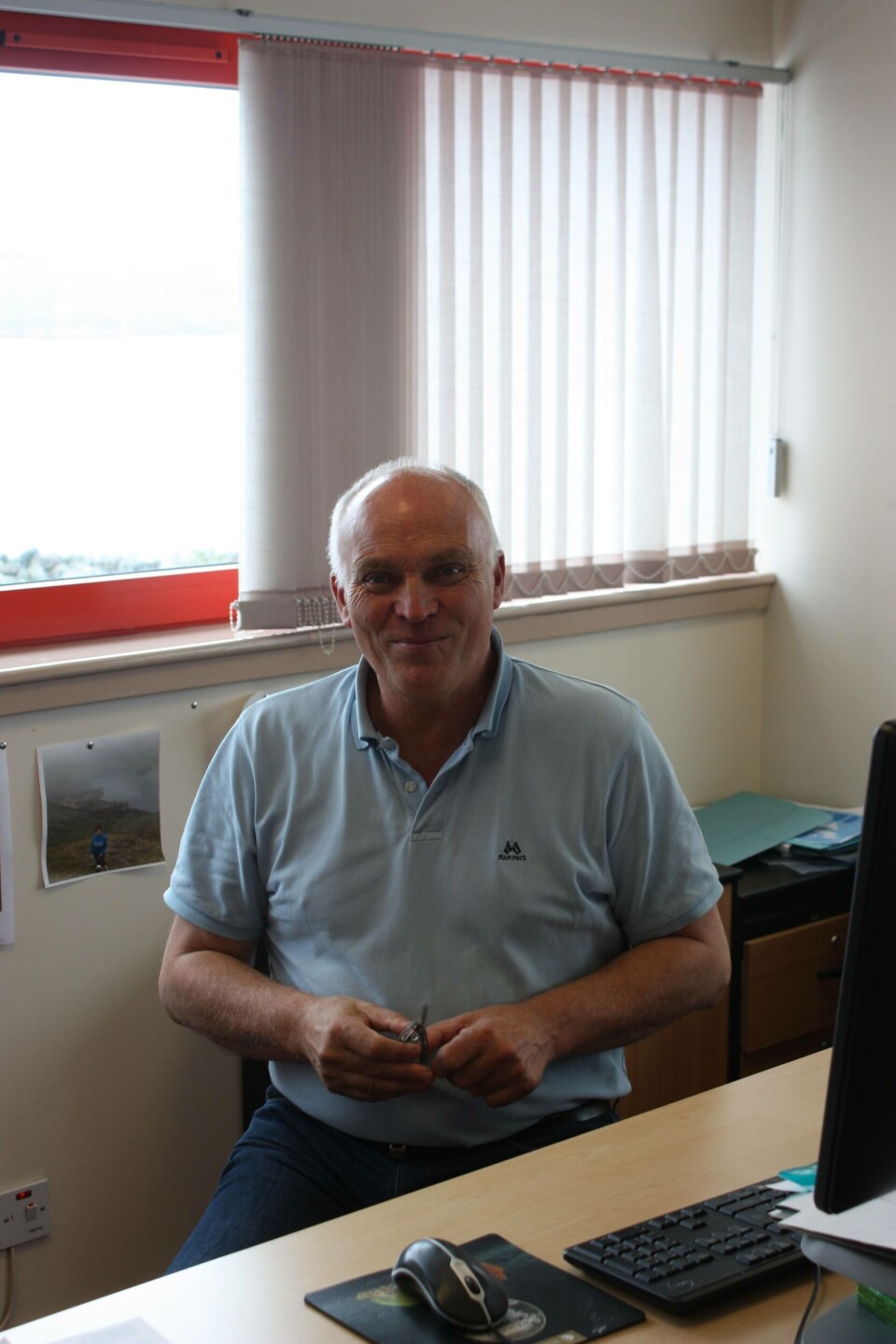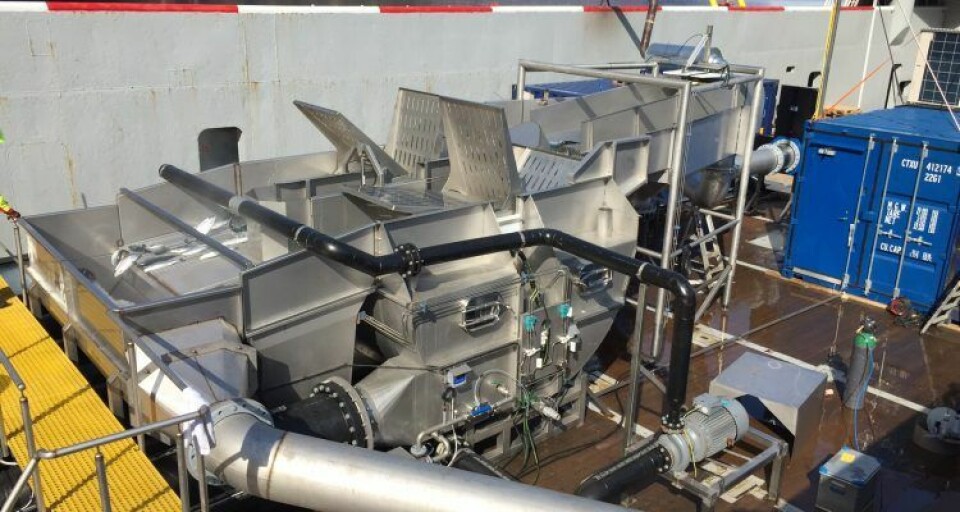
Upturn in fortunes for Grieg’s Shetland sites
Shetland was one of Grieg Seafood Group’s best performing areas in Q2, much to the relief of Sigurd Pettersen, Managing Director of its Scottish operations.
The group's Q2 report, which was published yesterday morning, shows that EBIT before fair value adjustment of biomass for Grieg Seafood Shetland (GSS) was NOK 22.0 (£2.05) per kilo, up from NOK -12.5 per kilo in the same period last year and well above the NOK 9.2 and 11.7/kg achieved in the group’s Finnmark and Canadian operations respectively. Only the group’s Rogaland operations, which produced salmon at an average EBIT of NOK 26.5/kg, performed better.

“I’m very pleased with the results,” Sigurd told Fish Farming Expert, “after a difficult end to last year and the first half of 2016 could have been better were it not for the first two months, in which we were still harvesting fish that had been damaged by last year’s algal blooms.”
This helps explain while the harvest volume was 2,865 tonnes, down from 3,556 tonnes in the corresponding period last year.
Combatting lice
Since then, the Q2 report reveals, that there have been some challenges with lice, but Sigurd explains that the situation is now improving – thanks, in part, to the use of new mechanical lice removal techniques.
“We’ve had some problems with lice, but not as bad as some lice hotspots that have been occurring off the west coast of the Scottish mainland,” says Sigurd, and we’ve been using an Optilicer, which [like the Thermolicer] treats the fish using water warmed to 30°C.”
Although the results of the device, which is made by OptimarStette in Norway, have been impressive, he feels that it should have been deployed earlier in the year.
“It has been very successful, with clearance rates of around 90% of the lice, but there has been some reinfection – it would have been more effective had we started 2 months earlier,” he reflects.

“And although it’s theoretical capacity is around 60 tonnes an hour, we have been operating it at around 30-40 tonnes to ensure that the fish are handled with care,” he adds.
Other non-medicinal methods are also being deployed to keep parasite numbers down in Shetland.
“We have a batch of 130,000 lumpsuckers from NAFC due to go to sea in 2-3 weeks’ time and these look very promising. We’ll then clean the facility before taking delivery of more lumpsucker eggs and should have another batch ready to go to sea by the end of the year,” says Sigurd.
Pioneering tarpaulin technologies are being tested too.
“In mid-July we also started to trial special lice skirts, which are equipped with propellers and pumps, at one site,” he reveals.
Algae
It was exactly this week last year (during the Aqua Nor tradeshow) that GSS was hit by a massive algal bloom but, so far in 2016, the impact of any blooms has been much milder – partially due to the comparative weakness of the blooms and partially due to the company’s readiness for them.
“The most serious algal problems so far this year have been at one of our sites in Skye but, although we’ve lost some feeding days, they’ve not caused many losses of fish,” says Sigurd, “and the algae have now subsided, allowing the gills to start mending.”
Meanwhile the company is also working on refining the use of novel technologies to disperse any algae, with mixed results.
As Sigurd explains: “We’ve been trialling the upwelling technology and it has worked well at one site in Shetland but we need to improve our techniques, especially as we’re due to stock a new site on Skye early next year, where it would be senseless not to be prepared for jellyfish and algae.
“One of the main problems we’ve encountered is from algae that thrive in low light levels, at depths of 5-20m, which mean that we have to put deeper skirts around the cages and pump up water from a greater depth.”























































